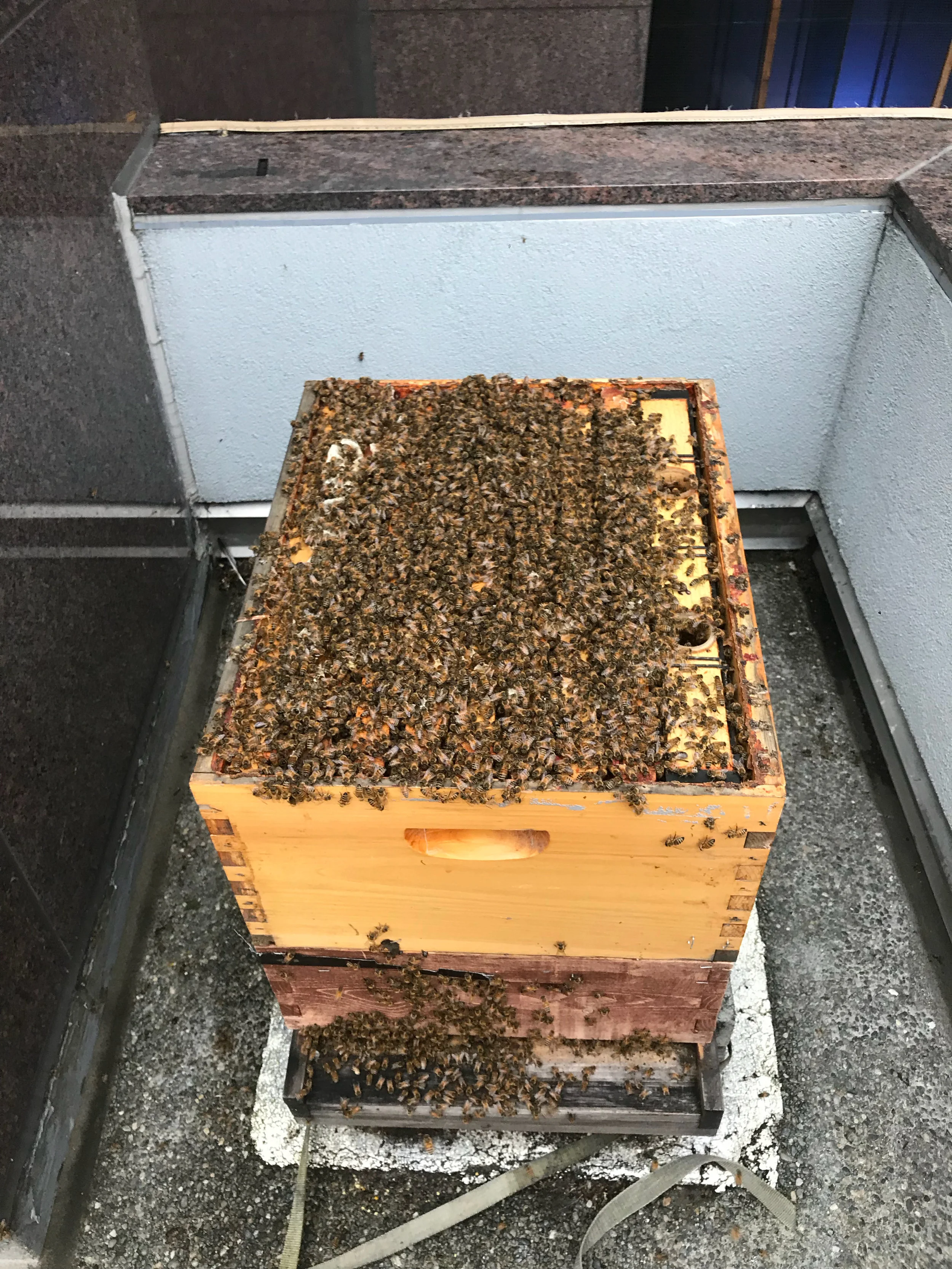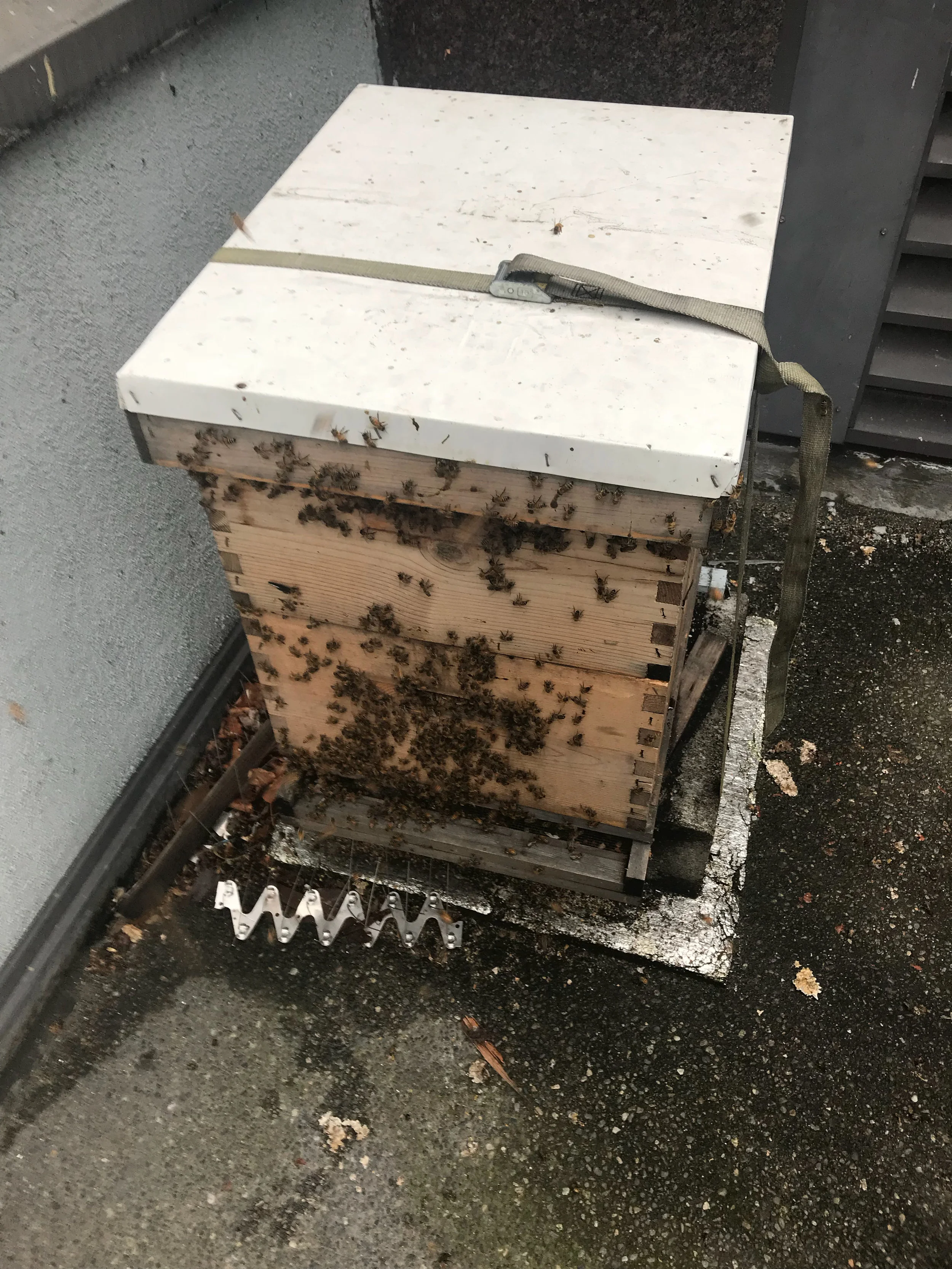Inspection Report - 6/23/2018
OVERVIEW
This inspection was to determine how well the bees have been responding to increased feeding and analysis of brood.
COLONY 1 - West Facing
The west facing colony has responded incredibly well to increased feeding and pollen. It appears that there are about 60,000 bees in the hive now and the queen is laying in strong and solid patterns. This indicates a strong queen and one that won't need replacing anytime soon.
I rearranged the hive a bit to give them some more space to grow into, and I gave them another gallon of sugar water as a food supplement.
Recommendation: continue feeding going forward. Treat for mites as soon as possible.
West facing hive with growing population
Colony a bit angry after inspection. Hive has been put back together and strapped down.
COLONY 2 - North Facing
The North facing colony is coming along as well, but at a slower rate than the South facing. This could be due to some of the hive manipulation I had to do in the previous inspections. They do seem to be a population of about 35,000 bees which is good. The queen is laying in very solid patterns which is a fantastic sign. I added a gallon of sugar water to this colony as well and hope they will respond similar to the West facing colony.
Going forward continued feeding will be necessary to kick the queen into gear even more.
Recommendation: Monitor the population and double feeding if population is not growing fast enough.
North facing colony shows it's smaller than the West facing, but still doing well. No video of inside this time.
SUMMARY
I am very pleased with how both colonies have responded over the last four weeks. They appear to be growing and are strong right when we need them to be. On the next inspection I will be feeding as well as treating the bees for varroa mies.



